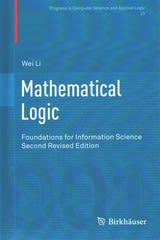Answered step by step
Verified Expert Solution
Question
1 Approved Answer
1a. Compute 0 2 e x d x using the definition of definite integral as a Riemann Sum. Recall that i = 1 n r
1a. Compute02exdx using the definition of definite integral as a Riemann Sum. Recall that i=1nri=(r-r^(n+1))/(1-r). For r not equal to 1.
1b. Express the limit given by lim n to infinity (4/sqrt(n^3))*(sqrt(n+4)+sqrt(n+8)+sqrt(n+12)+...+sqrt(n+4n)) as a definite integral.
1c. Suppose f(t) is a continuous function satisfying 2<=f(t)<=3 for all t is in the range[0,2]. Show that 1<=021+f(t)dt <=2/sqrt(3)
1d. Find a function f(t) and constant a such that 6 + axf(t)dt= 2sqrt(x)
Step by Step Solution
There are 3 Steps involved in it
Step: 1

Get Instant Access to Expert-Tailored Solutions
See step-by-step solutions with expert insights and AI powered tools for academic success
Step: 2

Step: 3

Ace Your Homework with AI
Get the answers you need in no time with our AI-driven, step-by-step assistance
Get Started


